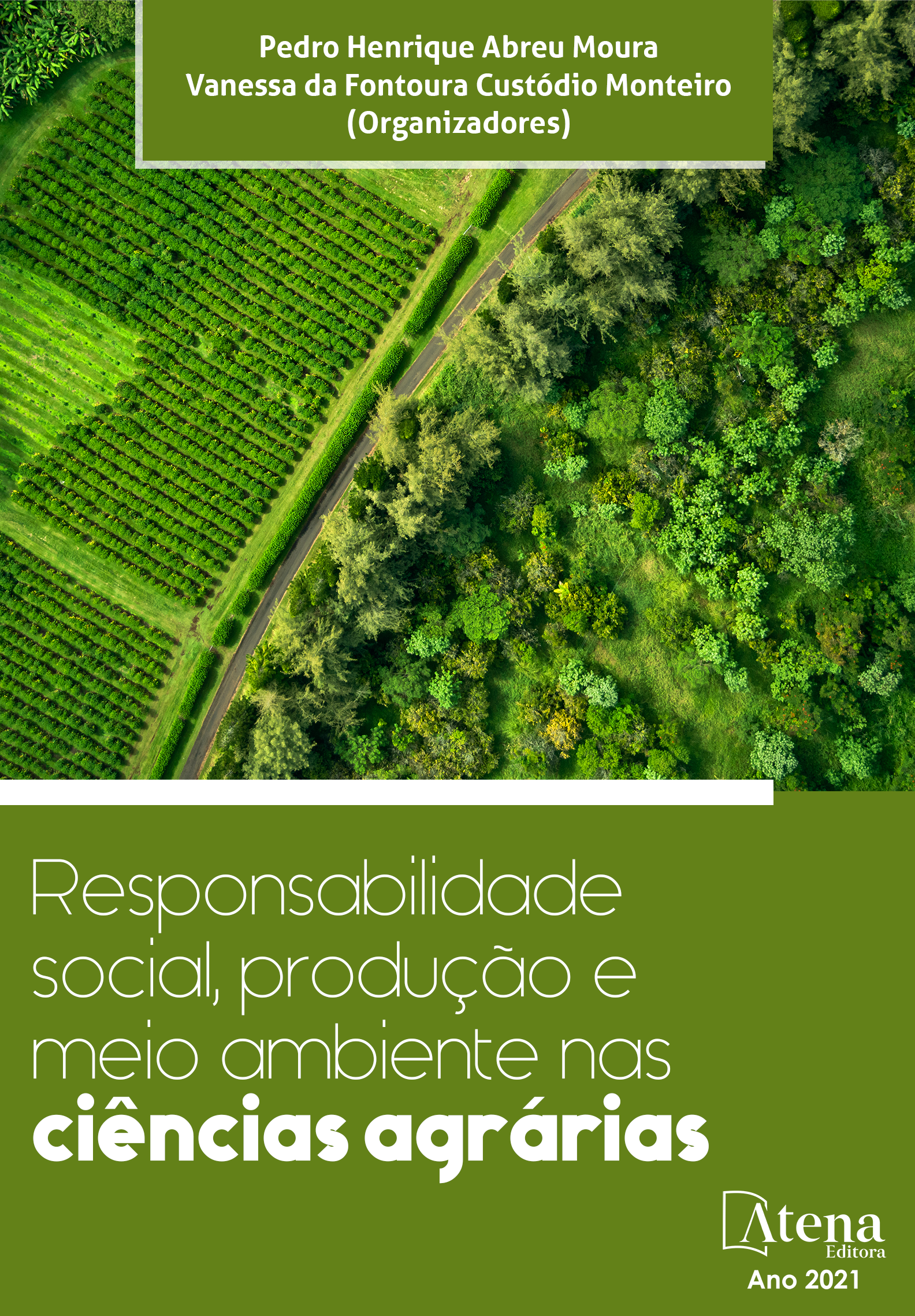
INDICADORES MICROBIOLÓGICOS DE QUALIDADE DO SOLO EM RECUPERAÇÃO DE UM SISTEMA AGROFLORESTAL
A verificação da qualidade do solo é um instrumento importante para monitorar a sua degradação, e planejar a implantação de práticas sustentáveis de manejo. Este estudo teve como objetivo avaliar a qualidade do solo em três áreas com sistema agroflorestal localizadas na APAE RURAL de Campo Mourão. As três áreas apresentam estágios distintos: uma inicial, com características de atividade de degradação do solo (Área 1); uma intermediária, onde foi implantado o sistema agroflorestal há um ano (Área 2); e uma avançada, apresentando formação florestal mais madura e perene (Área 3). Foram utilizados três grupos funcionais de microrganismos, sendo eles: Fungos Totais, Bactérias aérobias e Bactérias produtoras de celulase. Todos os microrganismos foram quantificados por UFC/g, Unidades Formadoras de Colônia por grama de solo diluído e testados com Anova “one-way” para verificação de diferenças. Área 1 mostrou menor abundancia de biondicadores, na ordem de 105 UFC; Área 2 apresentou composição intermediária de fungos totais, bacterias aeróbias e bacterias produtoras de celulase, com UFC em torno de 107; Área 3 apresentou maior composição dos microrganismos bioindicadores em estudo, com maior quantidade de fungos (108) e bactérias (1010). Dessa forma, quanto mais complexo o ambiente mais micro-organimos bioindicadores foram encontrados
INDICADORES MICROBIOLÓGICOS DE QUALIDADE DO SOLO EM RECUPERAÇÃO DE UM SISTEMA AGROFLORESTAL
-
DOI: https://doi.org/10.22533/at.ed.07821120714
-
Palavras-chave: Agroecologia; Agrofloresta; Indicadores biológicos; Microbiologia Edáfica
-
Keywords: Agroecology; Agroforests; Biological indicators; Edaphic Microbiology
-
Abstract:
The verification of soil quality is an important tool to monitor its degradation, and to plan the implementation of sustainable management practices. The objective of this study was to evaluate the soil quality in three areas with agroforestry systems located at APAE RURAL de Campo Mourão. The three areas present distinct stages: an initial one, with characteristics of soil degradation activity (Area 1); an intermediary, where the agroforestry system was implemented a year ago (Area 2); and an advanced one, presenting more mature and perennial forest formation (Area 3). Three functional groups of microorganisms were used: Total Fungi, Bacteria, and Cellulase producing Bacteria. All microorganisms were quantified by UFC / g, Colony Forming Units per gram of diluted soil and tested with Anova "one-way" to verify differences. Area 1 showed a lower abundance of bionicators, in the order of 105 CFU; Area 2 presented intermediate composition of total fungi, aerobic bacteria and cellulase producing bacteria, with UFC around 107; Area 3 presented the highest composition of the bioindicators microorganisms under study, with a higher amount of fungi (108) and bacteria (1010). Thus, the more complex the environment the more micro-organism bioindicators were found
-
Número de páginas: 15
- Raquel de Oliveira Bueno
- Ana Paula Peron
- Cristian Coelho Silva
- Julio Barreto Cristófoli
- Rodrigo Andrade Kersten
- Guilherme Schnell e Schühli
- Débora Cristina de Souza
- Paulo Agenor Alves Bueno


